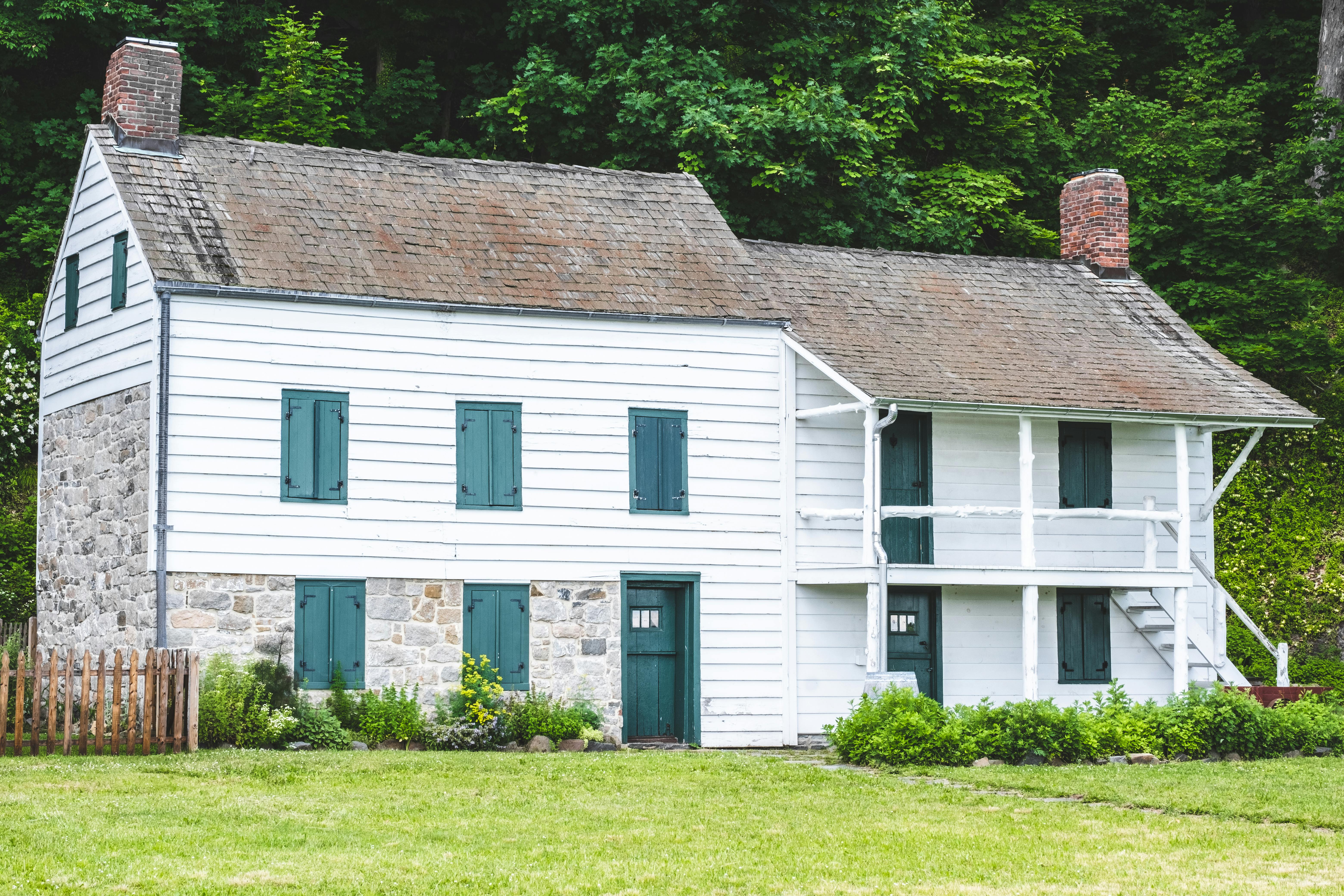
The one financial question everyone wants to know the answer to is: Am I better off investing my money or paying off my debt? The answer is not as difficult as one might suppose. Although, it can get murky, depending on how comfortable you are with debt.
The 6% rule
To make this analysis as simple as possible, be sure to follow this rule: If your debt costs you (ie, the interest rate you pay is) 6% or more, you should always pay off the debt before you invest. A 6% return is a conservative number to expect from the stock market. Many experts will say that historically the market has returned 8-10% per year. While I don’t disagree with those experts, no one can predict the future. We don’t know what the market will do in the future. As a result, I will be conservative and use 6% as the average market return per year.
Now, what do you do with any debt you have that is less than 6%? This answer can also be easy. You have to ask yourself this: how comfortable are you with your debt? This question does not simply ask if you can make your monthly debt payment, although that is part of the question. The biggest part of the question is asking yourself if you are capable of emotionally handling debt. Is a debt load keeping you up at night? If he answered yes, then he is not comfortable with his debt and must pay it off. If you worry at random times about your debt, again, you are not comfortable with your debt and you have to pay it off. If none of these scenarios describe you, you may want to go a step further and really look at whether you’re better off investing or paying down your debt.
The decisive formula
To determine which one is right for you, you’ll have to do a little math. But don’t worry, math isn’t hard. The first step is to take your debt (in this case, you’ll calculate each debt you have separately) and compare it to your after-tax investment statement. In this first example, we’ll assume you have $5,000 credit card debt at 4%. Since you can’t write off the interest you pay on your taxes, we don’t need to calculate the after-tax cost of debt. For all debts you cannot pay interest on, the rate you pay is your after-tax cost. In this case, 4%. Below, we’ll assume you’re in the 25% tax bracket. You can determine your tax bracket by looking at last year’s tax return. Take the investment return of 6% assumed above and multiply it by 1 minus 25%. The formula looks like this: .06 (1-.25). The answer is 4.5%. In English, this means that, after taxes, you earned a 4.5% return on your investments. Compare that to the 4% you pay in credit card interest. Mathematically, it is better that you invest your money since you get a higher return.
But, the highest return you get is only a percentage. It’s worth it? This is where we come back to what matters most to you? Technically speaking, in this example, the difference is not material, which means it is too small to matter. Whichever option you choose is the right option for you. After all, personal finances are just that, personal. You decide what is best for you and your situation.
Now suppose you have a 6.50% mortgage. Since the interest you pay on this debt is tax deductible, we need to complete the calculation for both the after-tax cost of debt and the after-tax cost of investments. We will assume the same facts as above with respect to the 25% tax bracket. Here, you’ll take 6.50% interest on your mortgage and multiply it by 1 minus your tax bracket. The formula is .065(1-.25). The answer is 4.88%. Effectively, the after-tax cost of your mortgage is 4.88%. By investing, you will earn 4.5% (as seen in the after-tax investment example above). In this case, you must pay your mortgage instead of investing.
If you go through this process and the answer you come to is to invest and after a few months you have doubts, then by all means stop investing and pay off your debt. That restlessness you feel is your instinct telling you that this is not right. Listen to your gut.
If you have multiple sources of debt, simply perform this calculation for each one that has an interest rate below 6%. Below, you can see which debts you need to pay off and which ones you need to pay the minimum and invest instead.
Conclusion
In short, if part of your debt is over 6%, there is no math involved. It is better that you pay your debt. At the opposite extreme, any debt that is 2% or less, you should invest your money. You can easily earn more than 2%, even on bonus funds. It would be better to invest instead of paying down the debt. Of course, this also goes back to the earlier point that personal finances are personal. If you still prefer to pay off the 2% debt, do so.
For any debt that is between 2 and 6%, you need to do the quick math above to reach your conclusion.








